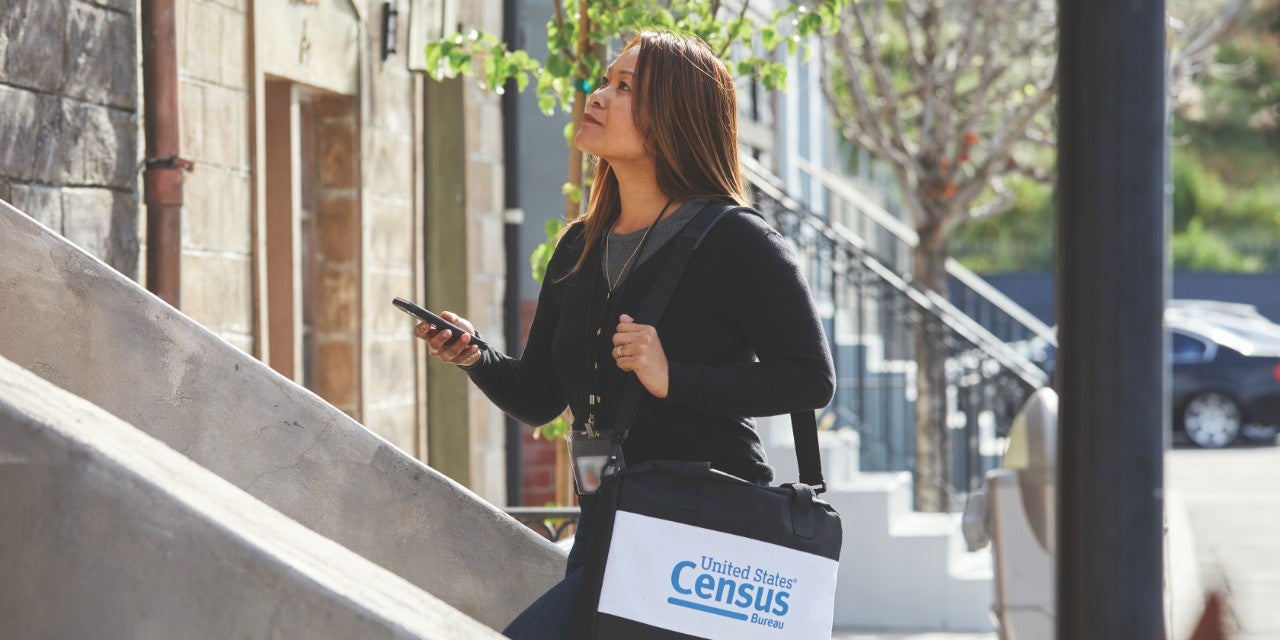Making Sense of the Census
Even before the pandemic hit the United States, the 2020 census already faced numerous challenges: ones that McCourt Research Professor Amy O’Hara was attempting to address as early as 2019.
“The 2020 Census suffered from natural, political, cultural and technical disasters,” O’Hara said. “Our team has been working with stakeholders and data users to help prepare them for what might be very different estimates than they expected.” O’Hara is a research professor in the Massive Data Institute and the executive director of the Federal Statistical Research Data Center at McCourt. She’s also the former chief of the Center for Administrative Records Research and Applications at the U.S. Census Bureau.
Decisions made using census data have massive consequences. In fiscal year 2017, .504 trillion was distributed to state and local governments and organizations in the U.S. based on 2010 census data. States and localities use these population counts to make important decisions in areas like school enrollment projections and even vaccine distribution.
As concerns arose about shortcomings in the2020 census due to differential privacy changes, O’Hara’s existing work in establishing the Administrative Data Research Initiative — which promotes the use of administrative data, information collected by governments or firms and reused for research and evaluation — became even more salient.
“How do you incentivize this [Census] data sharing, and who gets to be the data holder, is an important question.”
Amy O’Hara
Using existing administrative data can help to accurately benchmark community numbers not only in the year of the census, but also the nine years following. Utilizing this data is not a straightforward task, however, as not every domain shares data with one another automatically, and access to this data varies tremendously state-to-state. “How do you incentivize this data sharing, and who gets to be the data holder, is an important question,” O’Hara said.
Looking forward, once local and state governments slow down from focusing on pandemic economic recovery, O’Hara sees that an expanded focus on administrative data sharing can make a substantial difference. “My goal for the 2030 census will be to have a census that uses administrative data more intensively than 2020 did, and to make sure that we focus on hard-to-count communities that may not be present in administrative data,” she said. “The way to do that is to do a lot of research during this decade.”
